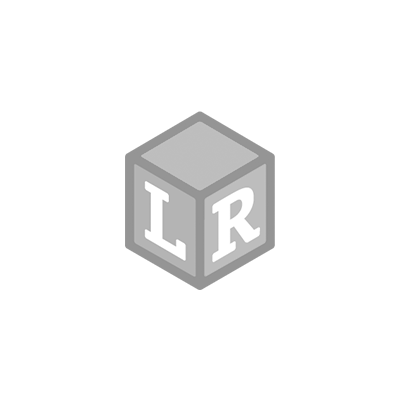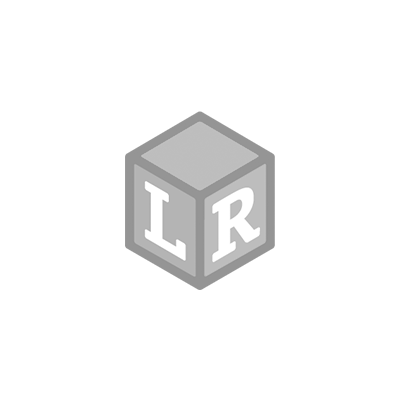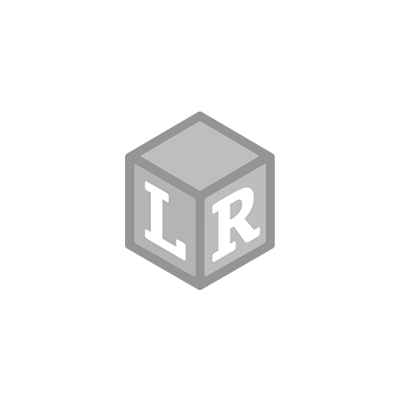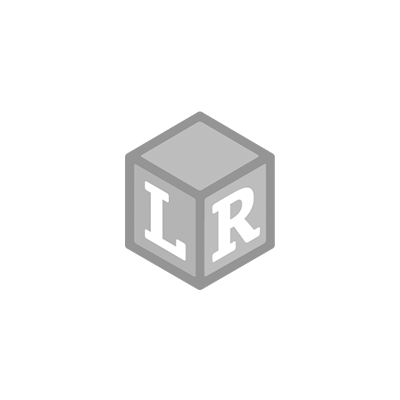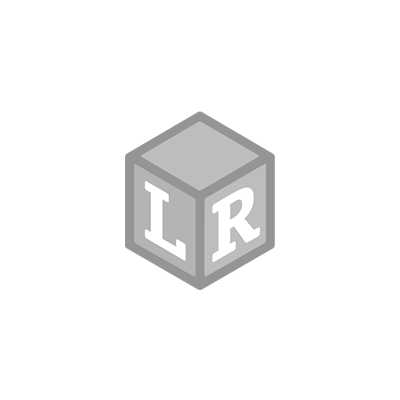From apps to board games, hands-on toys like
Learning Resources’ Botley™ the Coding Robot, classes at school, and even dedicated summer camps, it feels like we’re surrounded by coding! Coding is definitely a hot topic and it’s becoming a big business. But can little kids really learn to code? And even if they can, should they?The answer is a great, big, YES! Even if you don’t think your child is destined to be the next Sheryl Sandberg, there are big time benefits to learning to code and kids can start as young as preschool. In fact, like most things, learning to code is actually easier when kids are younger.Some people think that knowing how to code will soon be as important as knowing how to read. We’re not ready to go quite that far, but an understanding of computer science – the way computers and apps work, will be pretty key in our kids’ futures. Whether they work in coding or not, understanding the basics of how software is programmed will help kids use it more efficiently, even if it’s just to search for the latest video from their favorite YouTuber.

That said, there are more concrete and immediate benefits to an early introduction to coding, the biggest of them being logic. Learning to think logically – also called computational thinking – plays a critical role in your child’s mental growth. Coding teaches kids to identify a problem; find a solution; break that solution down into single, actionable steps; and identify any problems, or errors along those steps. This is the same, sequential though process used to solve a math problem, understand a scientific process, and write a story.

Speaking of, believe it or not, learning to code encourages your child’s creativity! Because there’s not just one solution to every problem, coding enables your child to come up with their own way to think about and address a need.Teaching kids to code also promotes curiosity and innovation. What problems do your kids see? What are some of the many ways these problems might be solved? When they see a problem, rather than looking up an answer, coding encourages kids to find and try their own, out of the box, solutions.

And, of course, learning to code prepares kids to use and manage the technology they’ll use every day, for the rest of their lives, including to test at school.A simple search will reveal tons of different ways to introduce your child, even your very young child, to coding. Botley The Coding Robot, provides a hands-on, screen-free introduction to coding, enabling kids to build and program, or code, their very own robot to follow all kinds of commands, including navigating an obstacle course, capturing a flag, breaking through a ‘brick’ wall, and more. The Let’s Go Code!™ Activity Set is a fun, physical way to get your kids started with coding. Kids step, hop, spin, and more, to complete the mazes they code with the included coding cards.
 No matter how you choose to introduce or practice coding skills with your kiddo, you can feel good about the fact that coding is exercising their growing brains, essentially helping them learn how to learn.
No matter how you choose to introduce or practice coding skills with your kiddo, you can feel good about the fact that coding is exercising their growing brains, essentially helping them learn how to learn.
 That said, there are more concrete and immediate benefits to an early introduction to coding, the biggest of them being logic. Learning to think logically – also called computational thinking – plays a critical role in your child’s mental growth. Coding teaches kids to identify a problem; find a solution; break that solution down into single, actionable steps; and identify any problems, or errors along those steps. This is the same, sequential though process used to solve a math problem, understand a scientific process, and write a story.
That said, there are more concrete and immediate benefits to an early introduction to coding, the biggest of them being logic. Learning to think logically – also called computational thinking – plays a critical role in your child’s mental growth. Coding teaches kids to identify a problem; find a solution; break that solution down into single, actionable steps; and identify any problems, or errors along those steps. This is the same, sequential though process used to solve a math problem, understand a scientific process, and write a story. Speaking of, believe it or not, learning to code encourages your child’s creativity! Because there’s not just one solution to every problem, coding enables your child to come up with their own way to think about and address a need.Teaching kids to code also promotes curiosity and innovation. What problems do your kids see? What are some of the many ways these problems might be solved? When they see a problem, rather than looking up an answer, coding encourages kids to find and try their own, out of the box, solutions.
Speaking of, believe it or not, learning to code encourages your child’s creativity! Because there’s not just one solution to every problem, coding enables your child to come up with their own way to think about and address a need.Teaching kids to code also promotes curiosity and innovation. What problems do your kids see? What are some of the many ways these problems might be solved? When they see a problem, rather than looking up an answer, coding encourages kids to find and try their own, out of the box, solutions. And, of course, learning to code prepares kids to use and manage the technology they’ll use every day, for the rest of their lives, including to test at school.A simple search will reveal tons of different ways to introduce your child, even your very young child, to coding. Botley The Coding Robot, provides a hands-on, screen-free introduction to coding, enabling kids to build and program, or code, their very own robot to follow all kinds of commands, including navigating an obstacle course, capturing a flag, breaking through a ‘brick’ wall, and more. The Let’s Go Code!™ Activity Set is a fun, physical way to get your kids started with coding. Kids step, hop, spin, and more, to complete the mazes they code with the included coding cards.
And, of course, learning to code prepares kids to use and manage the technology they’ll use every day, for the rest of their lives, including to test at school.A simple search will reveal tons of different ways to introduce your child, even your very young child, to coding. Botley The Coding Robot, provides a hands-on, screen-free introduction to coding, enabling kids to build and program, or code, their very own robot to follow all kinds of commands, including navigating an obstacle course, capturing a flag, breaking through a ‘brick’ wall, and more. The Let’s Go Code!™ Activity Set is a fun, physical way to get your kids started with coding. Kids step, hop, spin, and more, to complete the mazes they code with the included coding cards. Shop UK Site
Shop UK Site 
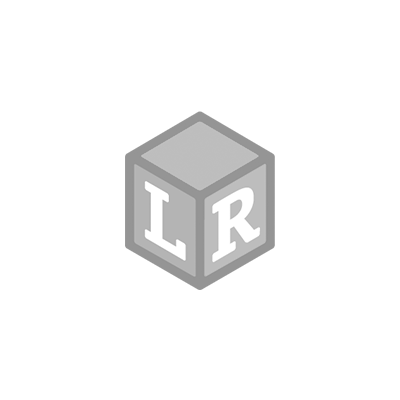

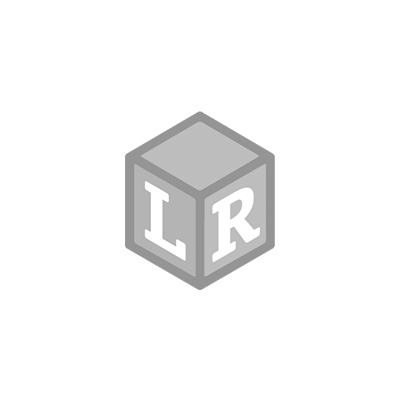
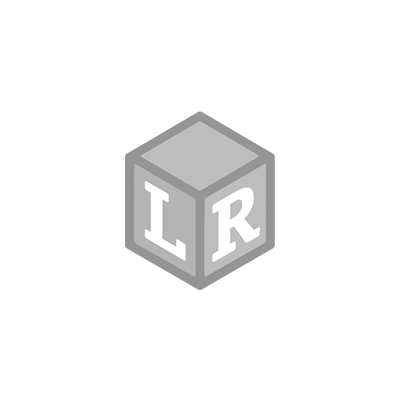
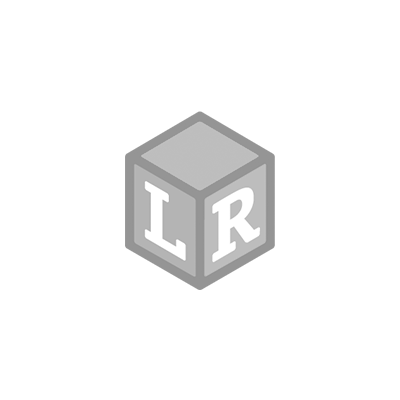

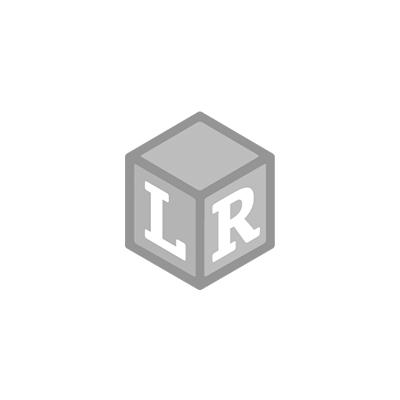

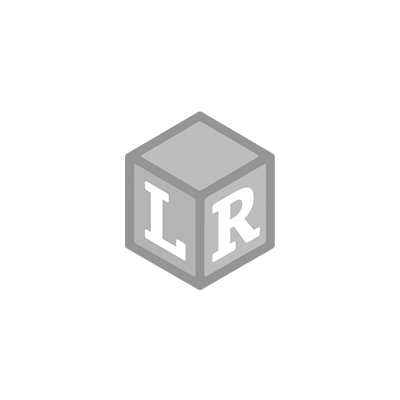


 You will discover your child has a favorite way to learn. It could be through physical activity or quiet play. Through playtime, abstract math concepts can become concrete for little learners, whether they are
You will discover your child has a favorite way to learn. It could be through physical activity or quiet play. Through playtime, abstract math concepts can become concrete for little learners, whether they are 